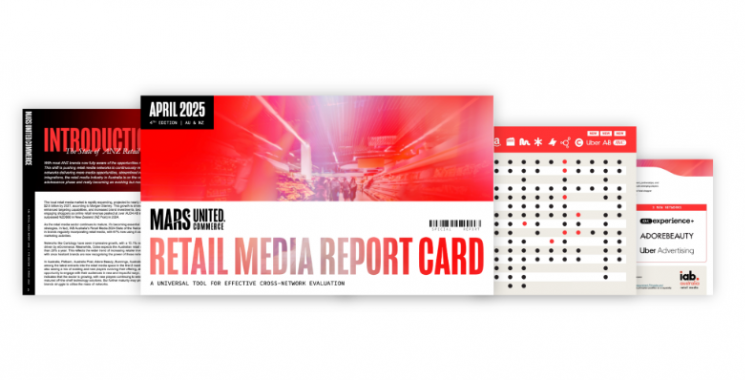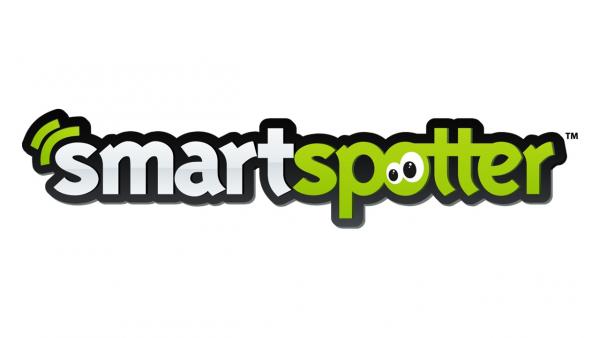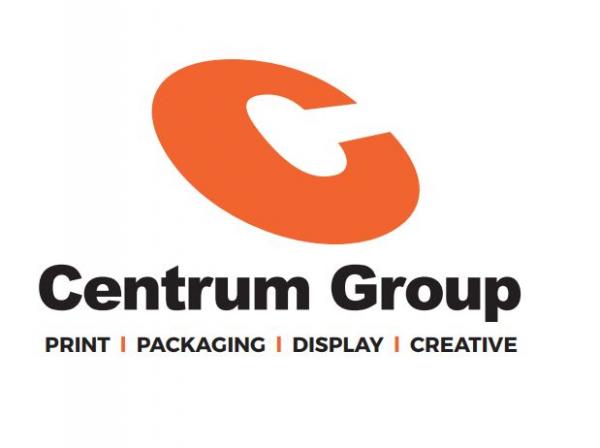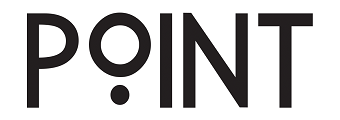How FMCG brands can compete in an increasingly private label landscape
In 2018, many FMCG brands were beset with challenges and unfortunately 2019 looks to be much the same. One ongoing issue that continues to plague FMCG brands is the growth of private and phantom label products. Not only are Coles and Woolworths increasingly adding their own products, private label retailers such as Aldi continue to gain market share within the Australian grocery sector.
January 2019. Author: Andy Kirk, CEO ANZ, CROSSMARK
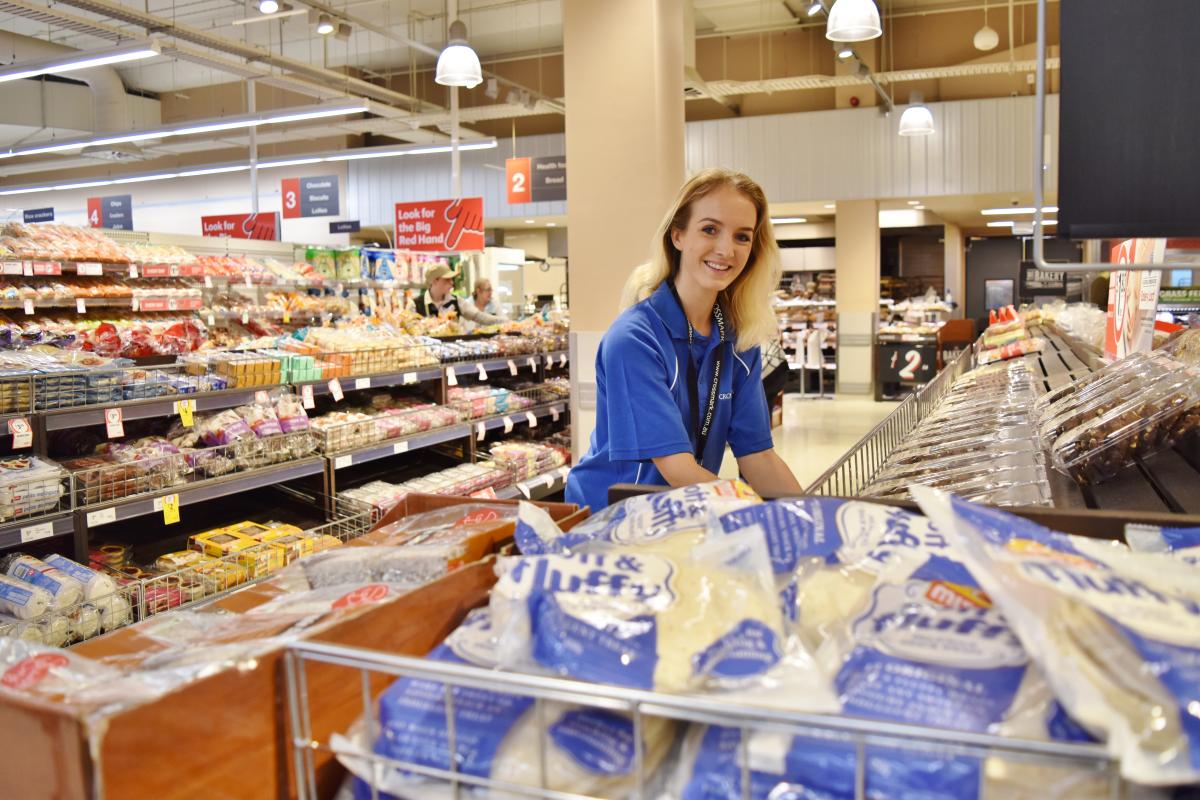
We are also starting to see the emergence of FMCG categories on ecommerce sites such as Amazon and, just like in the UK and US, it won’t be long until these sites provide a full FMCG offering in Australia. What’s interesting is that online platforms have the capability to ‘recommend’ products, which can sway a consumer’s original purchase intention away from a branded product to a private label alternative. This will become particularly evident as we shift into a world where purchases through voice using Amazon Echo or Google Home become commonplace. For example, Amazon customers who are searching for batteries are now directed to the retailer’s own brand rather than a mainstream brand, such as Duracell. This occurs because shoppers typically don’t search by brand when using voice, saying ‘Amazon I need some batteries’ rather than mention a specific brand by name.
Leveraging innovation
So, what can brands do to counteract this problem? The key lies in product innovation. Most successful private and phantom label products are just very good replicas of what’s already selling well and their strength and appeal revolves around being a very good ‘me too’ product that’s perceived better value, as opposed to being a ‘new’ product. However, while private label items may be good copies of market leading products, they don’t generally innovate by offering consumers new flavours or applications, following trends versus setting them. For this reason, it’s important that FMCG brands continue to keep driving that innovation cycle to ensure a competitive edge that’s much harder to quickly copy.
Of course, the issue is complex and can also be seen as a catch-22 for some major brands as often it’s the larger manufactures who provide the private label product for the retailer. If you walk through an Aldi store, you will see numerous products that look incredibly similar to well-known brands in packaging and branding, often it’s the same brand manufacturing them. Some suppliers may view it as a win-win for them as they get paid either way but it risks the huge investment made in building brands. They also risk eroding all the hard work that they have done in building up their brand in the first place. As for consumers, they see near identical products on shelves for several dollars cheaper and naturally think ‘do I really need to buy a more expensive brand’? All the time, money and energy invested in building brand loyalty and a premium position in a particular category can be quickly diminished.
Investing in marketing
Another effective method of competing with private label products is marketing. Phantom and private labels do very little in the way of in store marketing which is why you don’t often see them promoted through POS material, off site locations or big eye-catching displays. The larger FMCG brands therefore have an opportunity to create in-store hype and engagement with shoppers to help ensure their product stands out whether that is on shelf or though POS materials and end of aisle promotions. Brands spend vast amounts on advertising campaigns to drive brand awareness, and the need to follow through in store where the actual purchasing decisions are made is critical in order to deliver a return on investment.
Similarly, ‘own brand’ products may not be typically as well serviced as branded products when it comes to merchandising, relying purely on busy in store staff to maintain the shelf, which is an area that independent brands can leverage to their advantage. Outsourcing to a specialised field marketing agency can be a key tactic to help brands maximise their on-shelf presence. Not only are field agencies experts in merchandising, they often have access to sophisticated technology and data that can ensure products are optimally displayed, minimising lost sales due to out of stocks.
Tapping into trends
FMCG brands can also look at the trends that are currently driving in-store sales. In 2019, key trends will continue to be within the health, convenience and provenance sectors and eco-friendly packaging will also play an important role in the purchasing decision. The elimination of plastic bags in 2018 really brought home the issue of plastics and waste reduction, even to consumers who previously hadn’t given the issue much thought. FMCG brands should look at how they can give customers another reason to buy their goods over private label alternatives, including the development of more sustainably sourced and packaged products.
Pre-packaged healthy foods and ready-to-eat meals will also continue to be a huge growth sector for the next several years. The fact that Coles and Woolworths are investing so heavily in smaller format stores is testament to the increasing demand for convenience shopping.
The number of private and phantom label products is likely to continue to grow this year, as retailers look for ways to manage their own under pressure margins. Moreover, it’s not just the challenge of competing with low prices anymore, as supermarkets now have tiered own label offerings and even moving into a premium space in some instances. Tesco in the UK has been doing this for over 20 years now, with its Tesco Finest brand offering premium products that do not necessarily compete just on price but on quality.
Some FMCG categories will feel the pain more acutely than others, as the decision to purchase private label products boils down to a few key considerations; the perceived difference in value and how often consumers use the product. For example, most consumers would rather pay more for branded cosmetics and shampoos because they perceive the difference in price to reflect the difference in quality and it’s a ‘high-priority’ product. However, for daily staples such as flour or sugar where there doesn’t appear to be much perceived difference in quality, consumers often opt for the cheaper label.
It’s undoubtedly a very challenging landscape for FMCG brands to be navigating right now. However, I strongly believe that if you continue to invest in product innovation, instore marketing and tap into consumer trends, you’ll have a much better chance at not just competing, but winning a large percentage of your category’s sales.
For more information contact Andy Kirk andy.kirk@crossmark.com.au
About CROSSMARK
CROSSMARK is Australasia’s largest retail marketing services company, with multi-channel expertise serving more than 200 manufacturers and brands across supermarket, mass, consumer electronics, convenience, pharmacy, and specialty retail. CROSSMARK works with retailers and manufacturers to market products and brands to consumers in the last six feet of a sale. This includes merchandising, planograms, point of sale, product demonstrations, assisted sales, and retail staff advocacy and training programs.

